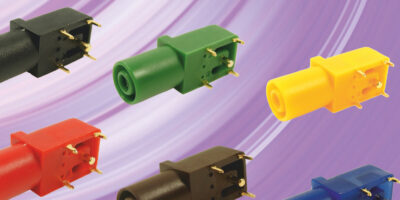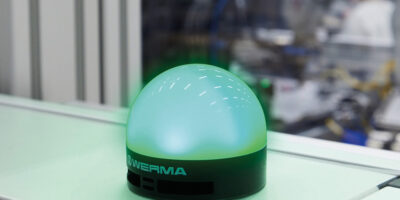Continuing the Proteus Bluetooth Low Energy series, Würth Elektronik has introduced the Proteus-e radio module. It is based on the Bluetooth Low Energy 5.1 standard and includes certificates of conformity for CE, FCC, IC and TELEC. It has an integrated antenna yet measures just 7.0 x 9.0 x 2.0mm. This is one third smaller than the earlier Proteus-III model.
Proteus-e has been introduced to deliver basic Bluetooth functionality for price-sensitive applications. For applications with customer own firmware development, the module is offered under the name Ophelia-I as pure hardware.
Proteus-e and Ophelia-I are based on Nordic Semiconductor’s nRF52805 chipset, which includes a 64MHz Arm Cortex-M4 processor, 192kbyte of flash memory and 24kbyte of RAM. The maximum output power is 4dBm and the maximum data rate is 2Mbits per second.
The module was developed for mobile applications. In power-saving mode, it requires only 0.3 microA. In addition, the Proteus-e allows the connection timing, advertising packets and timing, beacons and UART to be freely configured, said Würth Elektronik.
The company also offers an evaluation board to connect the module to microcontrollers for application development. Würth Elektronik provides design-in support and offers firmware development services on request.
The radio modules and evaluation boards are available from stock with no minimum order quantity.
Würth Elektronik eiSos Group is a manufacturer of electronic and electromechanical components for the electronics industry. It is claimed to be one of the largest European manufacturers of passive components and is active in 50 countries. Production sites in Europe, Asia and North America supply a growing number of customers worldwide.
The company’s product range includes EMC components, inductors, transformers, RF components, varistors, capacitors, resistors, quartz crystals, oscillators, power modules, wireless power transfer, LEDs, sensors, connectors, power supply elements, switches, pushbuttons, connection technology, fuse holders and solutions for wireless data transmission.
All catalogue components are available from stock without minimum order quantity, and the company offers free samples and extensive support through technical sales staff and selection tools.
Würth Elektronik is part of the Würth Group, the assembly and fastening technology company.






